Adam Page
Deep Belief Networks used on High Resolution Multichannel Electroencephalography Data for Seizure Detection
Aug 28, 2017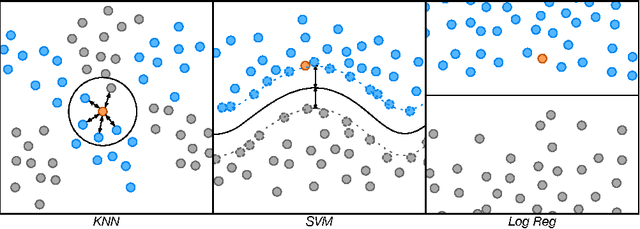

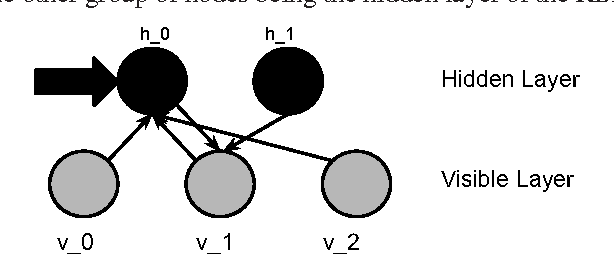
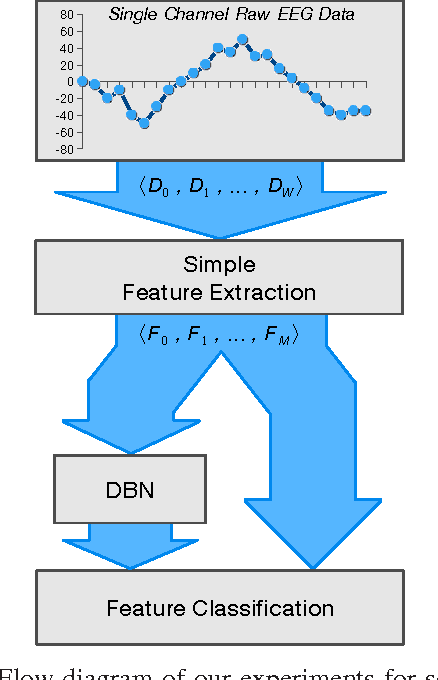
Abstract:Ubiquitous bio-sensing for personalized health monitoring is slowly becoming a reality with the increasing availability of small, diverse, robust, high fidelity sensors. This oncoming flood of data begs the question of how we will extract useful information from it. In this paper we explore the use of a variety of representations and machine learning algorithms applied to the task of seizure detection in high resolution, multichannel EEG data. We explore classification accuracy, computational complexity and memory requirements with a view toward understanding which approaches are most suitable for such tasks as the number of people involved and the amount of data they produce grows to be quite large. In particular, we show that layered learning approaches such as Deep Belief Networks excel along these dimensions.
Detecting Epileptic Seizures from EEG Data using Neural Networks
Apr 21, 2015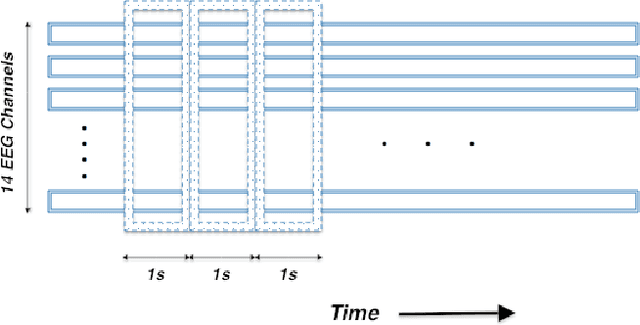
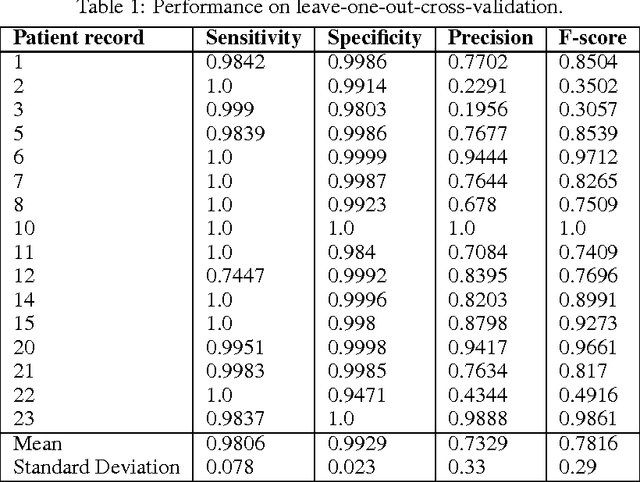
Abstract:We explore the use of neural networks trained with dropout in predicting epileptic seizures from electroencephalographic data (scalp EEG). The input to the neural network is a 126 feature vector containing 9 features for each of the 14 EEG channels obtained over 1-second, non-overlapping windows. The models in our experiments achieved high sensitivity and specificity on patient records not used in the training process. This is demonstrated using leave-one-out-cross-validation across patient records, where we hold out one patient's record as the test set and use all other patients' records for training; repeating this procedure for all patients in the database.
 Add to Chrome
Add to Chrome Add to Firefox
Add to Firefox Add to Edge
Add to Edge